The master heart surgeon on why he traded Scandinavia for Cleveland Clinic
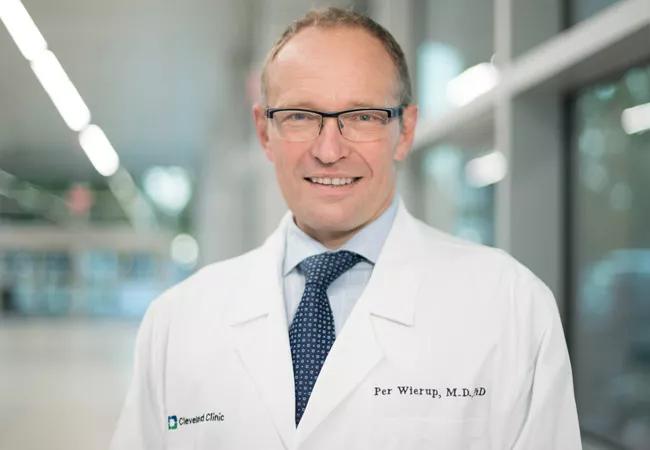
One of Europe’s preeminent cardiothoracic surgeons, Per Wierup, MD, PhD, has joined Cleveland Clinic’s Department of Thoracic and Cardiovascular Surgery. A versatile surgeon with broad interests and expertise, he’s opted to concentrate on further expanding already strong programs in robotic valve surgery and endocarditis surgery.
Advertisement
Cleveland Clinic is a non-profit academic medical center. Advertising on our site helps support our mission. We do not endorse non-Cleveland Clinic products or services. Policy
Since completing an advanced cardiothoracic fellowship at Cleveland Clinic in 1998-99, Dr. Wierup has held multiple leadership positions in major Swedish and Danish heart institutions — most recently at Sweden’s Lund University Hospital — in a variety of subspecialties, including adult cardiac surgery, pediatric cardiac surgery, and heart and lung transplantation.
In that time, Dr. Wierup helped introduce to Scandinavia the Maze procedure, valve-sparing aortic surgery, and a more modern method of mitral valve repair for use in nearly any patient with mitral regurgitation. He also developed minimally invasive surgery programs using video-assisted thoracotomy as well as robotics to perform the repairs. And he says he “found time during nights and weekends” to finish a PhD in lung transplantation.
“It’s a great pleasure to have Per join our outstanding team of cardiac surgeons,” says Lars Svensson, MD, PhD, Chair of Cleveland Clinic’s Miller Family Heart & Vascular Institute. “As one of the leading surgeons in Europe, as well as one of our past trainees, he brings further strength to the team. Per’s enthusiasm, skills, breadth of knowledge and commitment to quality care will add to the high standard of care we offer our patients.”
Consult QD took a moment with Dr. Wierup to find out what drives him and why he stepped away from a thriving career in Scandinavia to settle down at Cleveland Clinic.
Q: Why make this change at this point in your career?
A: Europeans know Cleveland Clinic as the best heart hospital in the world, and you want to play on the best team. I knew the possibilities to thrive and develop from my fellowship year here. At the end of that fellowship, I was invited to stay. However, Lund University Hospital, which had sent me here for my fellowship, expected me to come back to Sweden.
Advertisement
Since that time, I’ve been asked to do virtually everything you can do to a heart. The result is that I don’t get into clinical situations I don’t recognize or know how to handle. However, I’m now ready to narrow my focus, and the opportunities at Cleveland Clinic are perfectly aligned with my main interests.
Q: What will you be focusing on now?
A: My primary interest is advanced valve repair. Most of my work will be in mitral valve repair, but I will also work on aortic and tricuspid valves. We must meet patient demand to achieve excellent results with minimally invasive techniques.
I will also focus on reoperations, particularly those for endocarditis. These are technically complex surgeries that require in-depth understanding of the heart’s structure to determine where the infection is located, how to clean it out and how to reconstruct the heart. I have a good sense of spatial orientation and an innate understanding of what will happen if I change this or that and what needs to be done to achieve the desired outcome.
Q: What about Cleveland Clinic attracted you?
A: I’ve been back at least 10 times since 1999 for observational fellowships. I’ve also referred several patients. Whenever I felt a patient could be better cared for at Cleveland Clinic, I referred them and came with them. I always learned a lot.
Cleveland Clinic has an outstanding cardiology department. This is of utmost importance to cardiac surgery, because it creates a referral pattern. You need a critical number of patients to develop the more advanced therapies, and Cleveland Clinic has this number.
Advertisement
I also like the team approach here. I’m joining an excellent team of surgeons with robotics expertise that includes Marc Gillinov, Stephanie Mick, anesthesiologists, cardiologists, specialized nurses, perfusionists and physician assistants. There’s a second robotics team at Cleveland Clinic Abu Dhabi established by Rakesh Suri and Tommy [Tomislav] Mihaljevic.
Q: What’s the biggest difference between the Cleveland Clinic of your late-ʼ90s fellowship and today?
A: The facilities are nice and new. Otherwise there’s been no change — and that’s good! It’s striking that I see so many familiar faces all around me. People tend to want to stay here, and that’s a fantastic sign.
I’m highly focused on my patients’ well-being and don’t accept “good” results — I want excellent results. In my fellowship, I was struck by Cleveland Clinic’s mantra of “patients first” and promoted it wherever I went. I returned with the knowledge that Cleveland Clinic and I were aligned on this thinking.
Q: What could U.S. cardiovascular physicians most stand to learn from colleagues in Scandinavia?
A: I think my colleagues in Scandinavia could learn from the U.S. The Scandinavian system is geographically based and politically run. Physicians and hospital CEOs want to do the best for their patients, but they’re under intense pressure from politicians to cut costs. This is fine if it doesn’t affect quality, but simply cutting back is hard.
I like America’s referral-based system better because if you do well, the hospital gets more patients, and you get more patients, and the patients will do better. That should be everyone’s goal, after all.
Advertisement
Advertisement
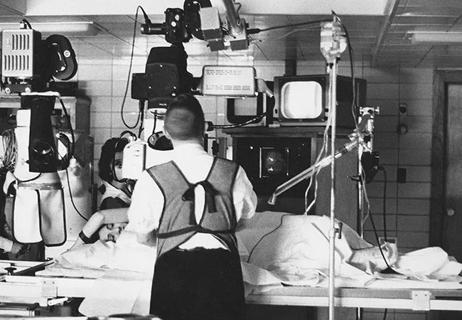
How our first century has impacted cardiovascular practice
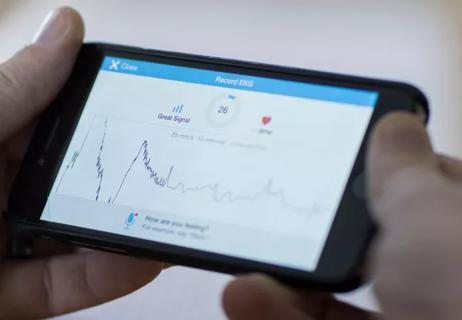
Review offers comprehensive assessment of the landscape for wearables and more

Preserving trust in research requires vigilance and consensus around statistical nuances
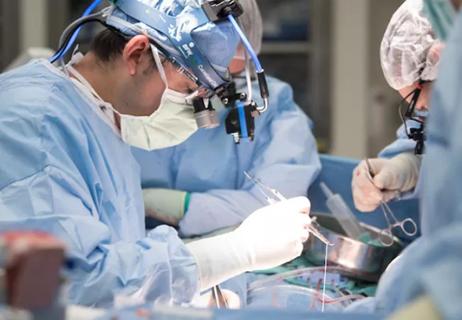
Cardiac surgeon Patrick Vargo, MD, reflects on his first year as Cleveland Clinic staff
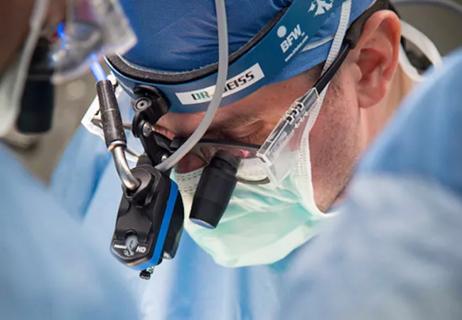
Improved risk prediction for patients is at the heart of Dr. Aaron Weiss’ research interests

Centralization would likely bring better outcomes, experts say, but may not be feasible
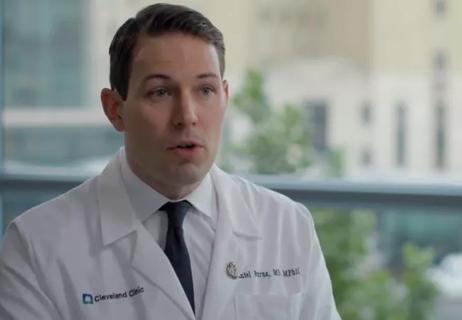
Dr. Daniel Burns on mentorship, robotic valve surgery, statistics and more
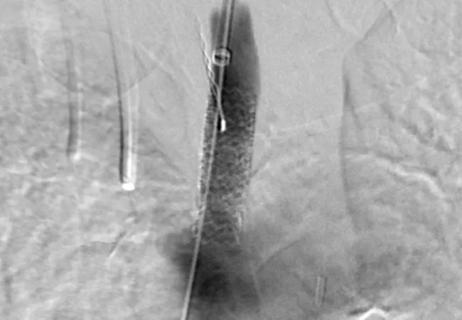
JACC review makes the case and outlines how to ensure oversight